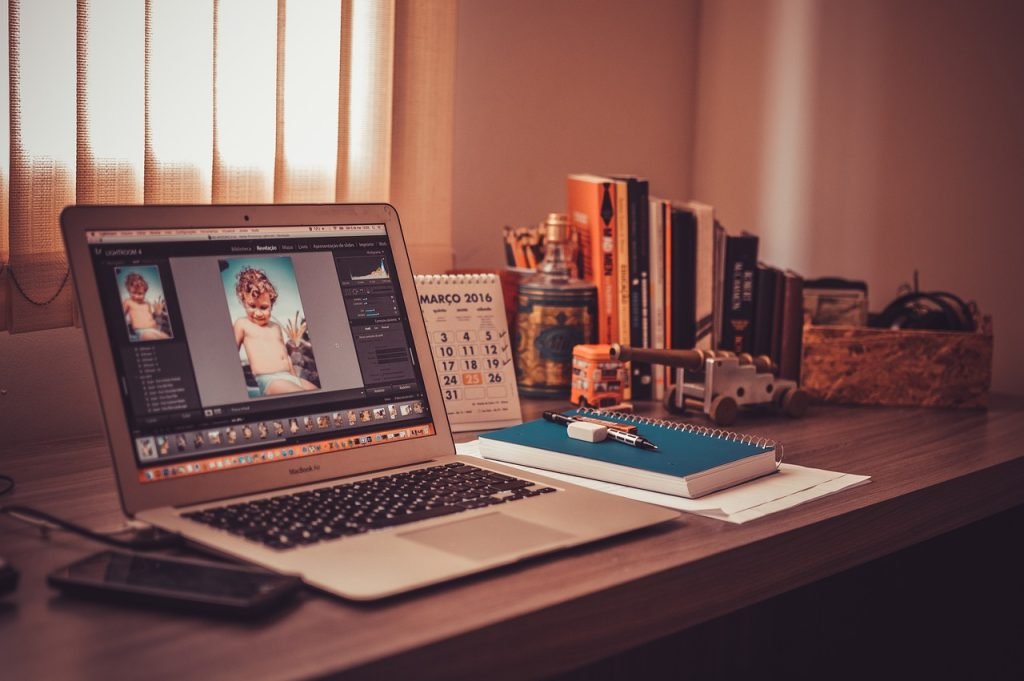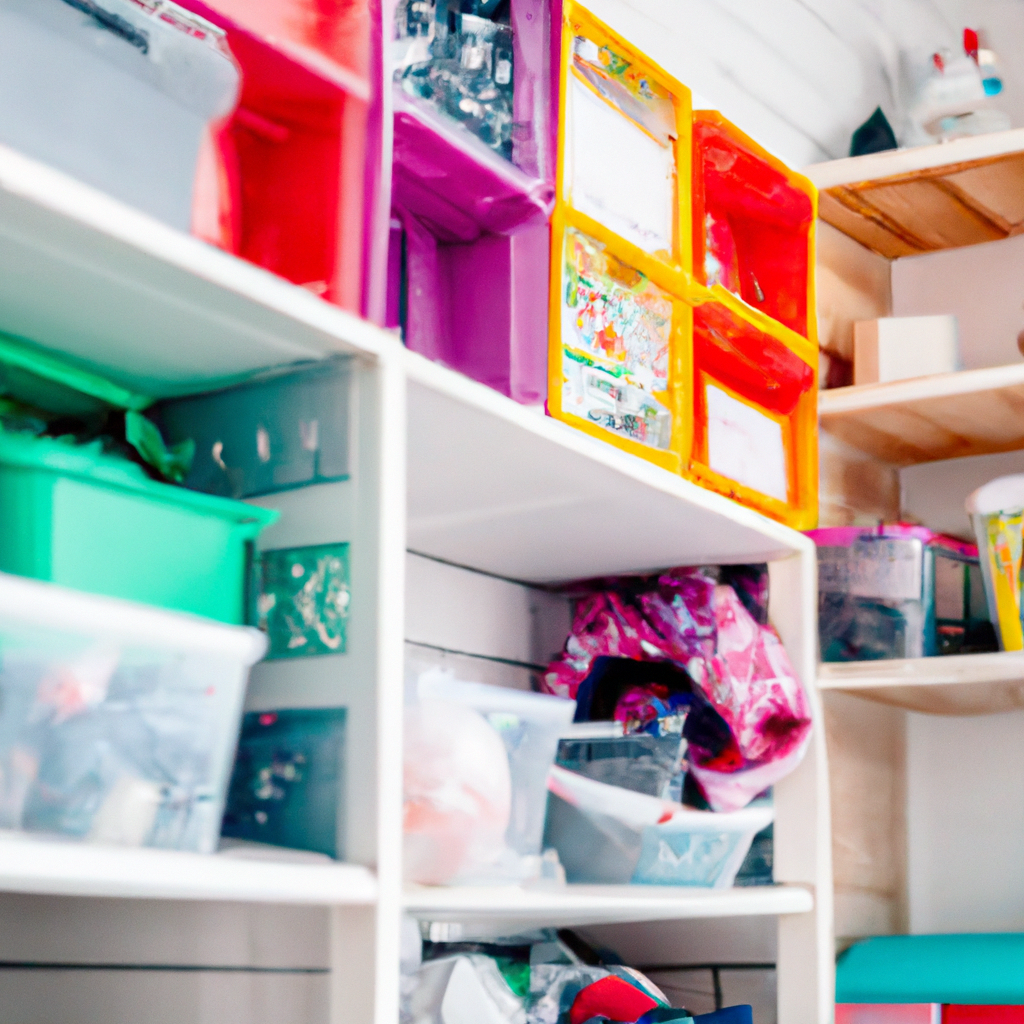How can you create a functional home office?
Setting up a home office is a fantastic way to boost your productivity and maintain a healthy work-life balance. Whether you’re working from home full-time or just need a quiet space for occasional projects, creating a functional home office tailored to your needs is essential. In this guide, you’ll find all the tips and tricks necessary to design an effective workspace that keeps you motivated and organized.

This image is property of pixabay.com.
Assessing Your Space
Before jumping into the fun part of decorating, start by assessing the space you have available. Each home is unique, and understanding your environment will help you optimize it for your needs.
Evaluating Your Location
Consider where your home office will fit best. It could be a dedicated room, a portion of a larger room, or even a cozy nook. Ask yourself:
- Is it quiet enough for focused work?
- Does it get ample natural light?
- Can it be separated from distractions (like living or family areas)?
Finding a quiet, well-lit area can significantly impact your productivity, giving you the right ambiance to get work done.
Measuring Your Space
Be sure to take measurements of your space. Knowing the dimensions helps when selecting furniture and ensures that your office doesn’t feel cramped. Draw a rough layout that includes windows, doors, and electrical outlets to plan effectively.
Choosing the Right Furniture
Your office furniture impacts both your comfort and efficiency. Choosing the right pieces can make work hours enjoyable and help you avoid physical strain.
Desk Selection
The desk is the centerpiece of your office. Here are some considerations to help you choose the right one:
- Size: Make sure the desk fits your space without making it feel cluttered.
- Style: Choose a design that reflects your taste and fits with your home decor.
- Functionality: Consider a desk with drawers or shelves to keep your supplies easily accessible.
Ergonomic Chair
Investing in a good chair is crucial for your long-term comfort. Look for a chair that offers:
- Adjustability: You should be able to raise or lower the chair to fit your desk height.
- Lumbar Support: A chair that supports your lower back can help prevent discomfort during long work hours.
Storage Solutions
Efficient storage keeps your workspace tidy and organized. Here are some options to consider:
- Shelves: Wall-mounted or free-standing shelves can hold books, files, and decorative items.
- Filing Cabinets: These are essential for keeping papers organized and out of sight.
- Baskets and Boxes: Stylish containers can help corral smaller items like stationery and supplies.
| Type of Storage | Use Case |
|---|---|
| Shelves | Great for storing books and office decor. |
| Filing Cabinets | Perfect for keeping documents organized. |
| Baskets/Boxes | Ideal for smaller supplies and clutter. |

This image is property of pixabay.com.
Creating a Technology Setup
In today’s digital age, technology is often a critical component of your home office. Setting up your tech correctly can enhance your workflow.
Computer and Accessories
Whether you’re using a laptop or desktop, make sure you have:
- Quality Monitor: If you use a laptop, consider adding a monitor for improved ergonomics and efficiency.
- Keyboard and Mouse: Invest in ergonomic options that reduce strain on your wrists.
Internet Connection
A reliable internet connection is key while working from home. Check your area for:
- Wi-Fi Strength: Ensure that your signal is strong where you’ll be working.
- Wired Connection: If possible, a wired Ethernet connection can provide faster and more stable internet.
Cables and Organization
Managing cables can quickly become overwhelming. Here are some organization tips:
- Cable Management Clips: These help keep cords organized and out of sight.
- Cable Boxes: Use boxes to hide away power strips and excess cables for a cleaner look.
Personalizing Your Workspace
Your office is a reflection of your personality. Making it feel like your own can boost your mood and creativity.
Choosing Colors
Colors can significantly affect your state of mind. Here are some suggestions:
- Blue: Promotes calmness and concentration.
- Green: Associated with growth and freshness.
- Yellow: Helps to boost creativity and energy.
Consider painting walls in calming shades or using colorful decor to brighten up your office.
Adding Personal Touches
Feel free to add items that make your office feel more inviting. Consider including:
- Artwork: Hang inspiring artwork or photographs that resonate with you.
- Plants: Bringing in some greenery can enhance air quality and add life to your space.
- Inspirational Quotes: Displaying motivational quotes can serve as a daily reminder of your goals.
Organizing for Inspiration
Keep your desk space a source of inspiration. You can do this by:
- Using a Vision Board: Pin up images and quotes that inspire you.
- Rotating Decor: Change out items periodically to keep the space fresh and exciting.

This image is property of pixabay.com.
Lighting Your Home Office
Proper lighting can greatly influence your productivity and mood. It’s essential to create a well-lit environment that reduces strain on your eyes.
Natural Light
Whenever possible, position your desk near a window to take advantage of natural light. Here are some benefits:
- Mood Booster: Natural light can elevate your mood and energy levels.
- Energy Efficiency: It reduces reliance on artificial lighting during the day.
Task Lighting
In addition to natural light, ensure you have sufficient task lighting. Consider:
- Desk Lamps: A good desk lamp should provide focused light for reading and writing.
- Overhead Lighting: Ensure that the overall brightness of the room suits the tasks you’ll be doing.
Light Positioning Tips
- Position your task lighting to reduce glare on screens.
- Use dimmable switches to adjust brightness as needed.
Managing Clutter and Organization
Maintaining a clutter-free workspace is vital for productivity. A cluttered desk can lead to a cluttered mind.
Daily Clean-Up
Make a habit of tidying your desk at the end of each day. This can involve:
- Throwing Away Trash: Dispose of junk mail and snack wrappers.
- Organizing Papers: File away any documents you no longer need on your desk.
Implementing Systems
Create systems that help streamline your work routines. Here are some ideas:
- Labeling: Clearly label files and storage boxes to find things quickly.
- To-Do Lists: Keep a visible to-do list to prioritize tasks.
Decluttering Techniques
Consider the following techniques to keep your workspace tidy:
- The One-In-One-Out Rule: For every new item you add, remove one item.
- Weekly Review: Spend a few minutes each week reassessing what you truly need at your desk.
Encouraging Productivity
A functional home office is ultimately about enhancing your productivity and efficiency.
Setting Boundaries
While working from home can be convenient, it’s vital to establish boundaries, especially if family members share the space. Here are some strategies:
- Designate Work Hours: Clearly communicate your working hours so others know when you’re available.
- Create a “Do Not Disturb” Sign: This can remind others when you’re focusing on work.
Time Management Techniques
Incorporate effective time management methods into your work routine. A few popular techniques include:
- Pomodoro Technique: Work for 25 minutes then take a 5-minute break to recharge.
- Time Blocking: Schedule specific times in your calendar for different tasks.
Incorporating Wellness Practices
A home office should support your overall well-being. Paying attention to your well-being can lead to more productive workdays.
Taking Breaks
Regular breaks are essential for maintaining your focus and creativity. Here’s how to integrate them:
- Set a Timer: Use a timer to remind you to step away from your desk.
- Stretching: Incorporate quick stretches or movements during breaks to avoid stiffness.
Creating a Comfortable Temperature
Make sure your workspace remains at a comfortable temperature. Here are some tips:
- Fans or Heaters: Use portable air units to regulate the temperature based on season.
- Windows: Open them for fresh air and a quick change of scenery.
Incorporating Healthy Snacks
Having healthy snacks on hand can keep your energy levels stable throughout the day. Here are some snack ideas:
- Nuts: A great source of healthy fats and protein.
- Fresh Fruit: Provides natural sugars and essential vitamins.
- Vegetable Sticks: Pair them with hummus for a nutritious boost.
Final Thoughts
Creating a functional home office requires careful consideration of your space, furniture, technology, and personal preferences. The effort you put into designing your workspace can result in enhanced productivity and improved well-being. Remember that your office is an extension of yourself; make it a place that inspires you and meets your needs.
As you embark on this journey to build your ideal home office, keep experimenting and adjusting until you find what truly works for you. Each workspace is unique, so embrace the process and personalize it every step of the way. Happy working!




